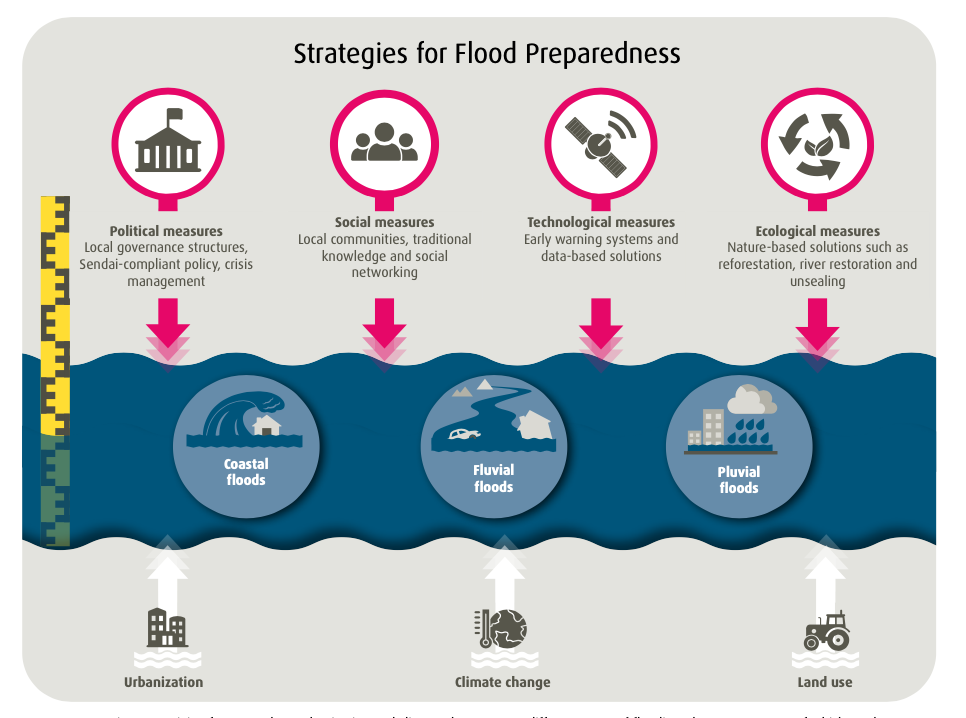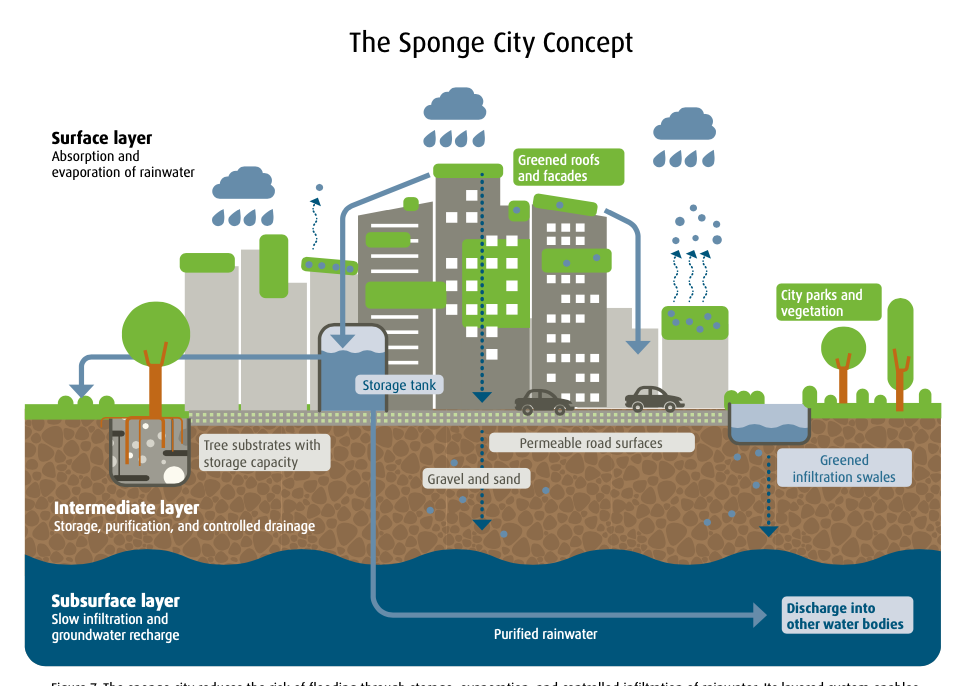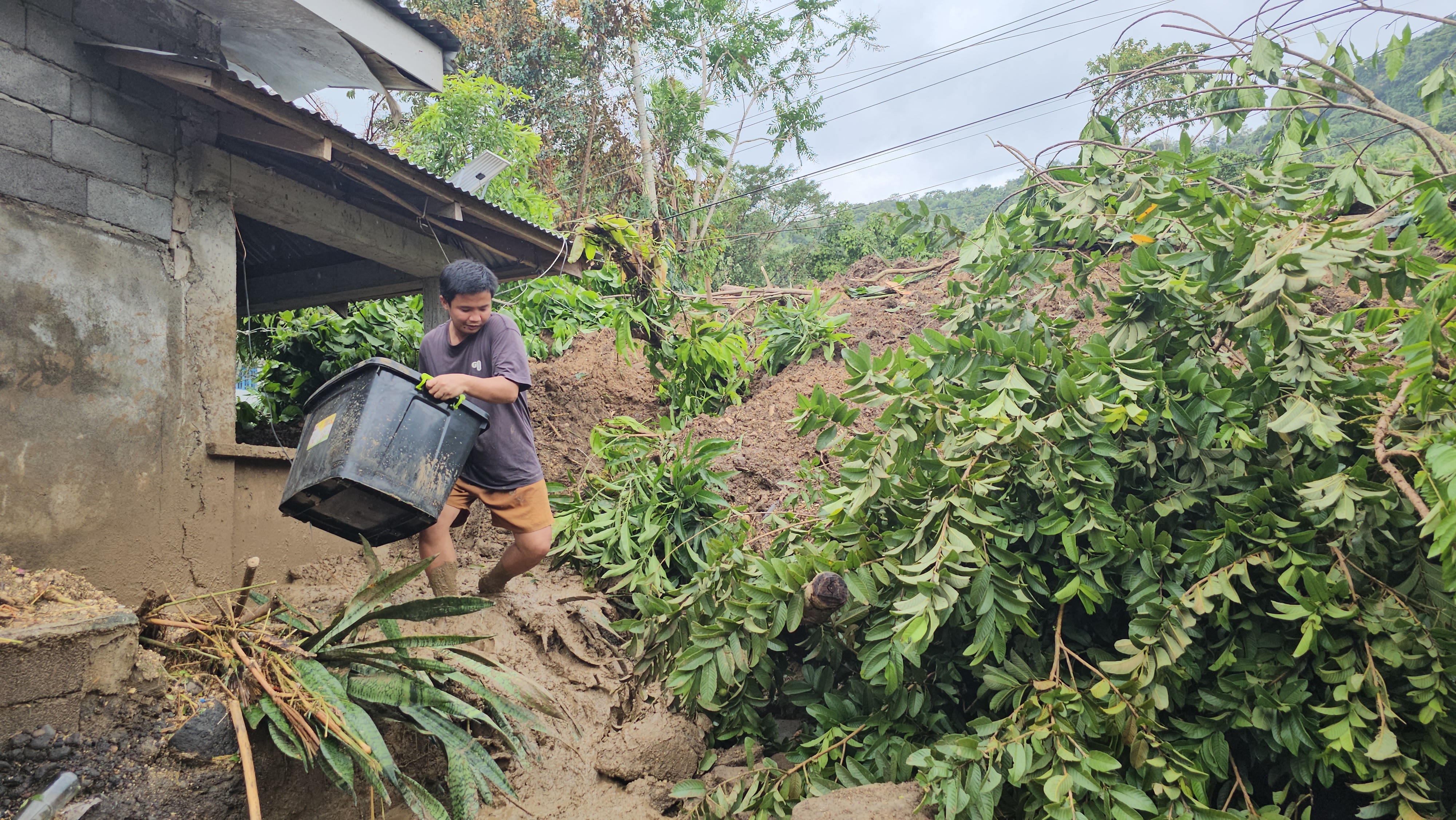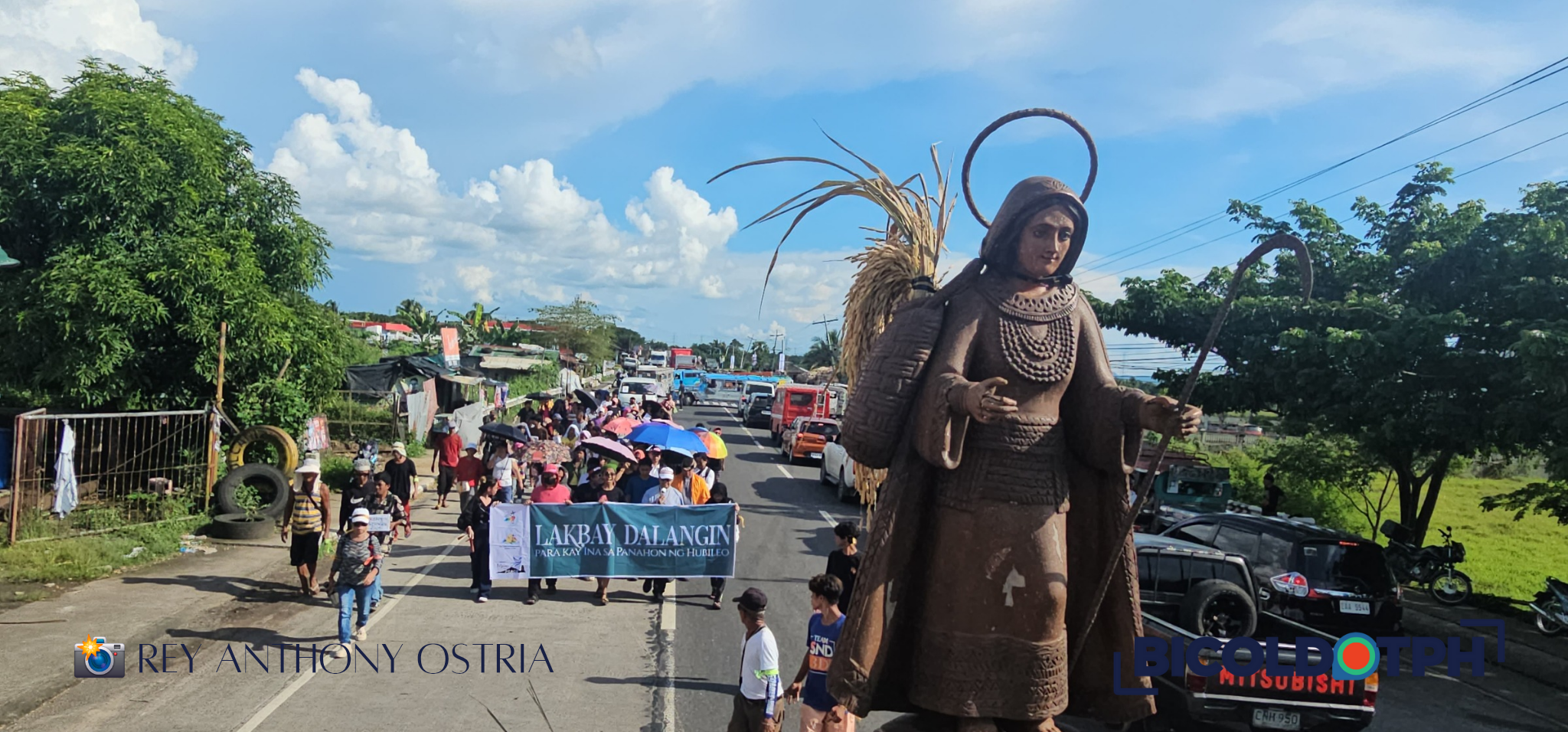Among 193 worldwide, the Philippines is yet again the most disaster-prone country in the world.
This is the fourth year in a row that the country topped the WorldRiskReport by the aid alliance Bündnis Entwicklung Hilft (BEH) and the Institute for International Law of Peace and Armed Conflict (IFHV).
The indicators used for ranking the most disaster-prone country are its risk, exposure, vulnerability, susceptibility, coping capacity, and adaptive capacity.
The exposure is computed based on the number and share of the population regarding earthquakes, tsunamis, cyclones, coastal and riverine floodings, droughts, and sea level rise, and the intensity of those risks.
Meanwhile, the vulnerability is computed based on the susceptibility (socio economic development; societal disparities; socio-economic deprivation; vulnerability to violence, conflict, and disaster; and vulnerability to disease and pandemics), lack of coping mechanism (societal shocks, state of government, health care capacities, infrastructures, social networks, and material protection), and lack of adaptive capacities (education, research, long-term health and deprivation effects, investment capacities, disaster preparedness, and climate crisis mitigation).
Focus on Flood
This year, the report highlighted flooding, a risk in which the Philippines ranked separately as the ninth most vulnerable.
In the Philippines, Bicol provinces Camarines Sur and Camarines Norte were among the top 10 most exposed provinces at seventh and ninth, respectively.
Topping the list was the province of Cagayan province in northern Luzon, but not too far in second was Agusan del Norte in Mindanao. Both provinces were said to be vulnerable due to long main rivers, dense tributary systems, and extensive coastlines.
Philippine Provinces with Highest Exposure to River and Coastal Flooding
| Rank | Province / Area | Flood Exposure Index |
|---|---|---|
| 1 | Cagayan | 88.10 |
| 2 | Agusan del Norte | 87.51 |
| 3 | Pangasinan | 85.19 |
| 4 | Pampanga | 83.49 |
| 5 | Maguindanao | 82.94 |
| 6 | Metropolitan Manila | 81.12 |
| 7 | Camarines Sur | 75.77 |
| 8 | Misamis Oriental | 73.66 |
| 9 | Camarines Norte | 72.69 |
| 10 | Isabela | 71.23 |
| … Other provinces not shown … | ||
| 72 | Romblon | 23.88 |
| 73 | Masbate | 22.08 |
| 74 | Catanduanes | 21.07 |
| 75 | Surigao del Norte | 17.93 |
| 76 | Guimaras | 16.84 |
| 77 | Dinagat Islands | 15.84 |
| 78 | Sarangani | 0.41 |
| 79 | Batanes | 0.17 |
| 80 | Laguna | 0.02 |
| 81 | Marinduque | 0.01 |
Note: The Flood Exposure Index reflects each province’s combined vulnerability to both river and coastal flooding. Higher values indicate greater risk.
“Particularly high values are found in South and Southeast Asia, such as in Myanmar, Vietnam, and the Philippines, where high population density, exposed locations, and intense monsoon cycles converge,” according to the report.
In 2024, at least 142 disasters related to flooding were recorded worldwide, at least 19.1 million people.
The Philippines is currently in the middle of a flood control kickback controversy involving lawmakers and high- and low-ranking public works department employees.

“Exposure is particularly high in regions with flat topography, high population density, or inadequate drainage infrastructure—such as Cagayan, Pampanga, or Agusan del Norte. Other provinces like Laguna or Metro Manila demonstrate how urban planning, sewer systems, and retention areas can effectively reduce risk,” according to the report.

Driving factors such as urbanization and climate change cause different types of flooding, the consequences of which can be mitigated by various complementary prevention strategies. (Graphics from the WorldRiskReport)
The report also mentioned that 89 percent of those affected by flooding live in low- and middle-income countries. Over 1.81 billion people in the world live in areas vulnerable to flooding.
It also warned that by 2050, 1 billion people may be affected by sea level rise, a report attributed to the Intergovernmental Panel on Climate Change (IPCC).
Requirements, Recommendations
The report also included recommendations for at-risk countries in order to mitigate risks from flooding.
Its top recommendation was the strengthening of the local and international governance structures.
“Soft-law principles are no longer sufficient in view of increasing extreme weather events,” according to the report.
Other recommendations were technological innovation and digital transformation, systemic implementation of nature based solutions, transformation of international cooperation, and integration of local and indigenous knowledge in risk communication and early warning.
The report also included a recommendation for countries to adopt the sponge city concept, an urban water retention strategy that started in China.

The sponge city reduces the risk of flooding through storage, evaporation, and controlled infiltration of rainwater. Its layered system enables holistic water management that uses rainwater as a resource instead of discharging it as waste. (Graph from the WorldRiskReport)
“The sponge city is an example of an integrated solution strategy that combines ecological, social, technical, and political perspectives of flood risk management and thereby implements central approaches of the WorldRiskReport in practice.”
Read the report below:
NOTE: Thanks for dropping by and reading this. If you want to be updated on the posts here, please subscribe to email alerts here. Please follow my Facebook page here and my YouTube channel here. Thank you and have a nice day!





